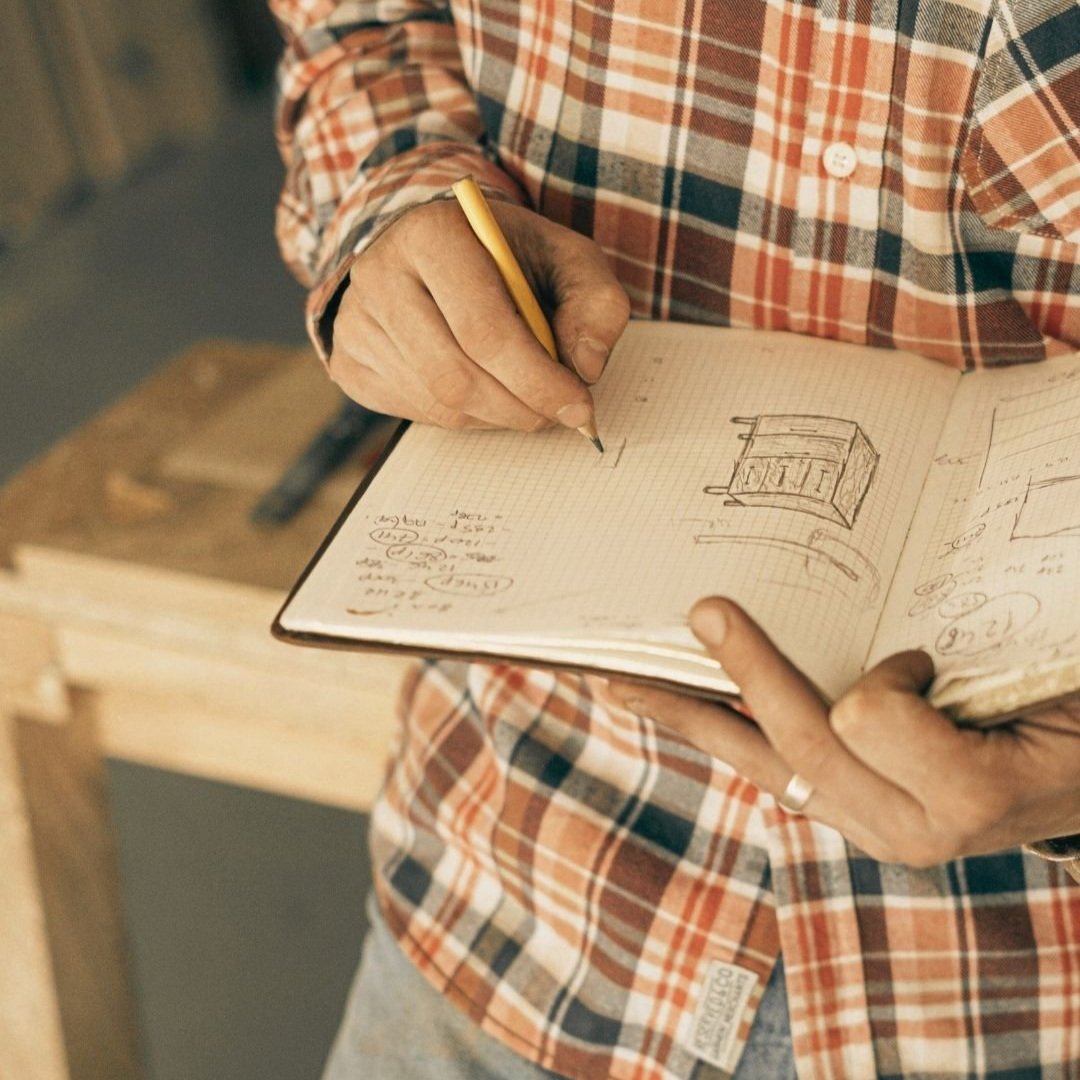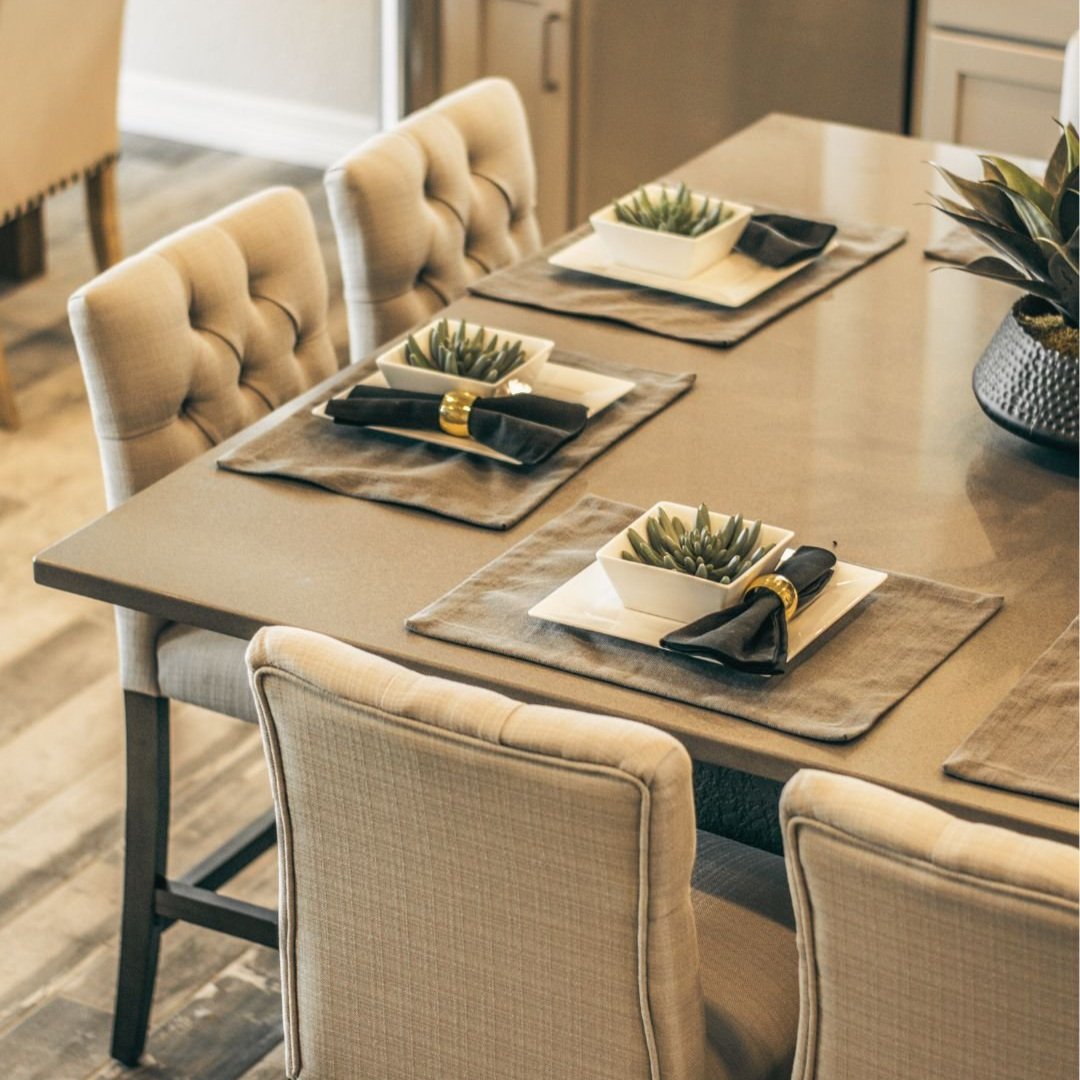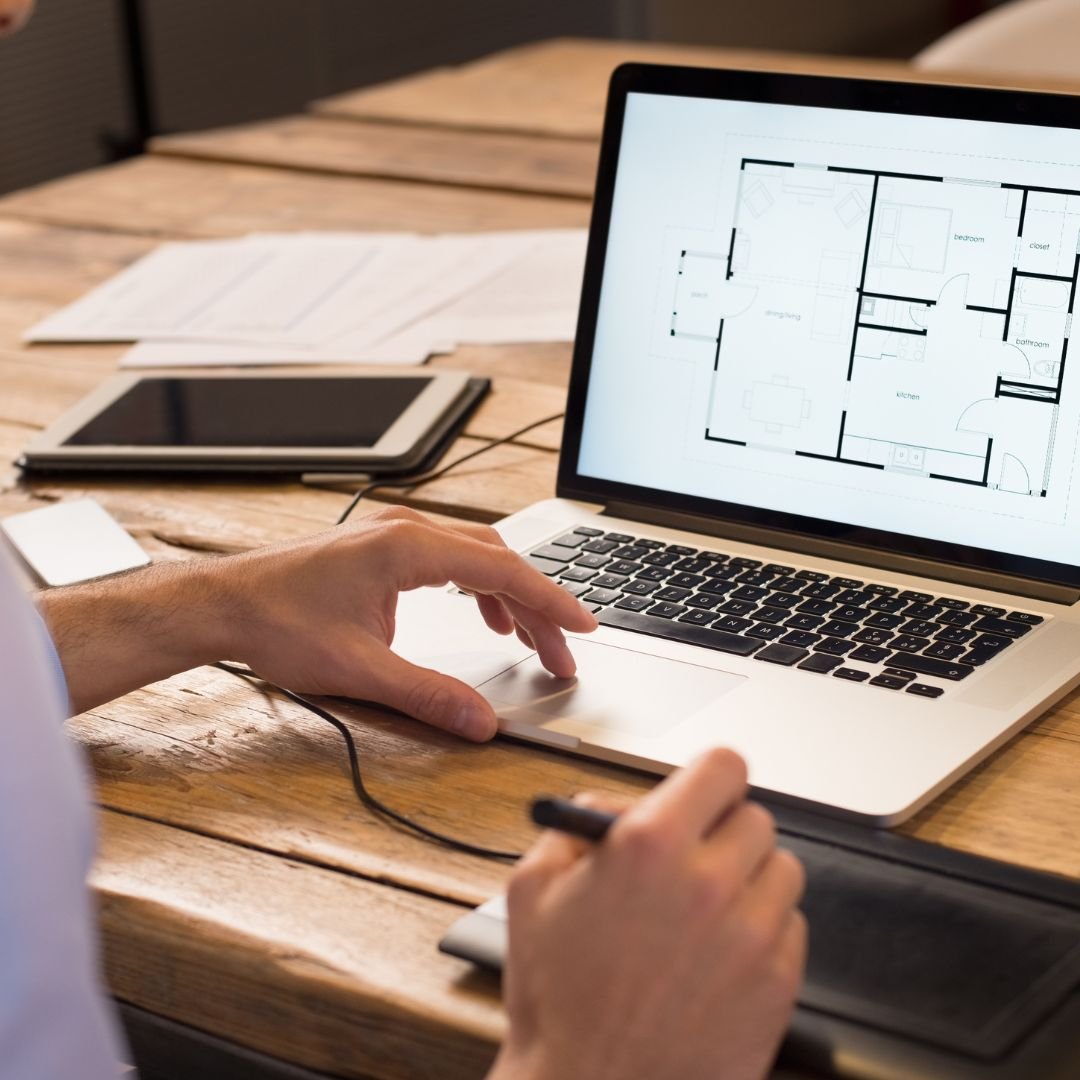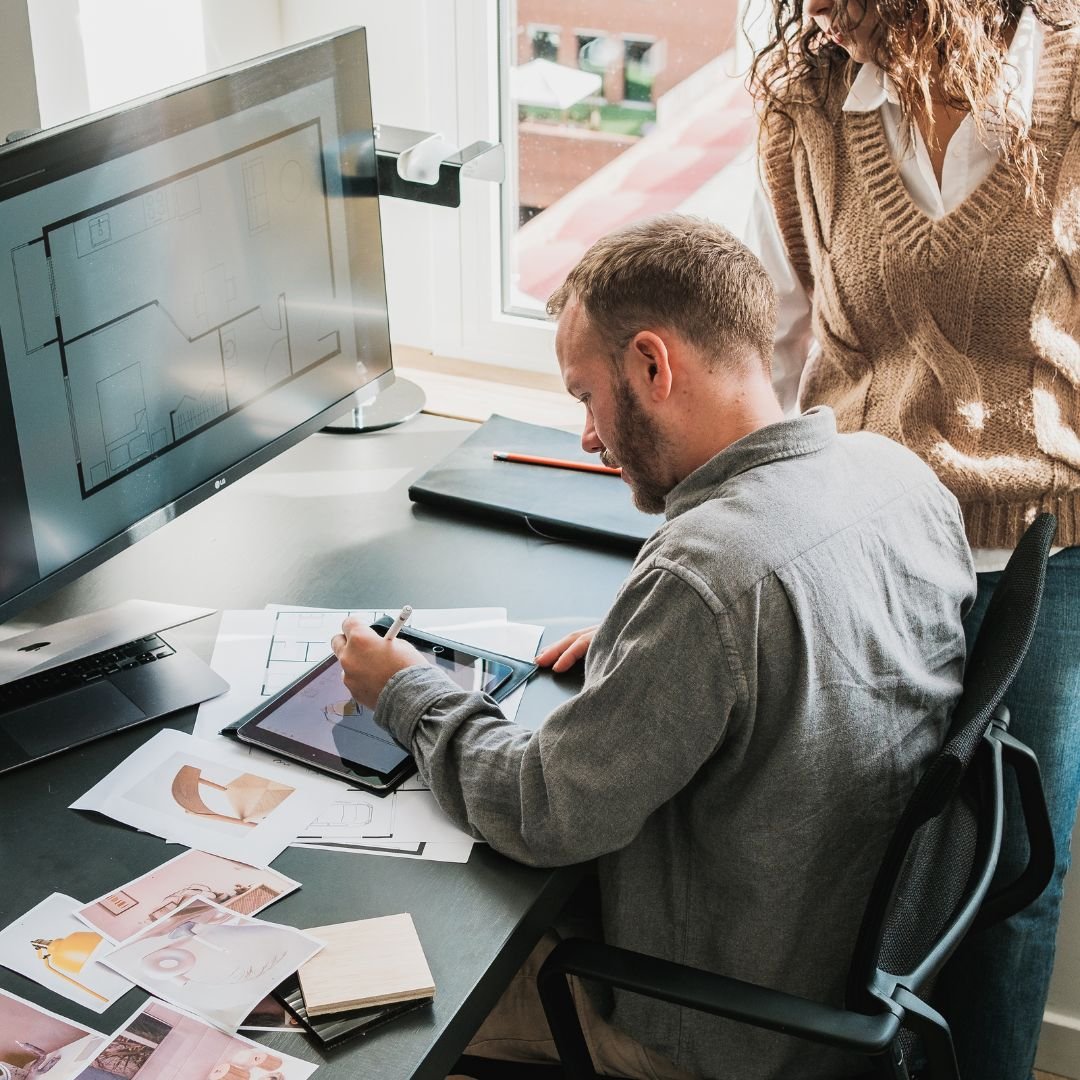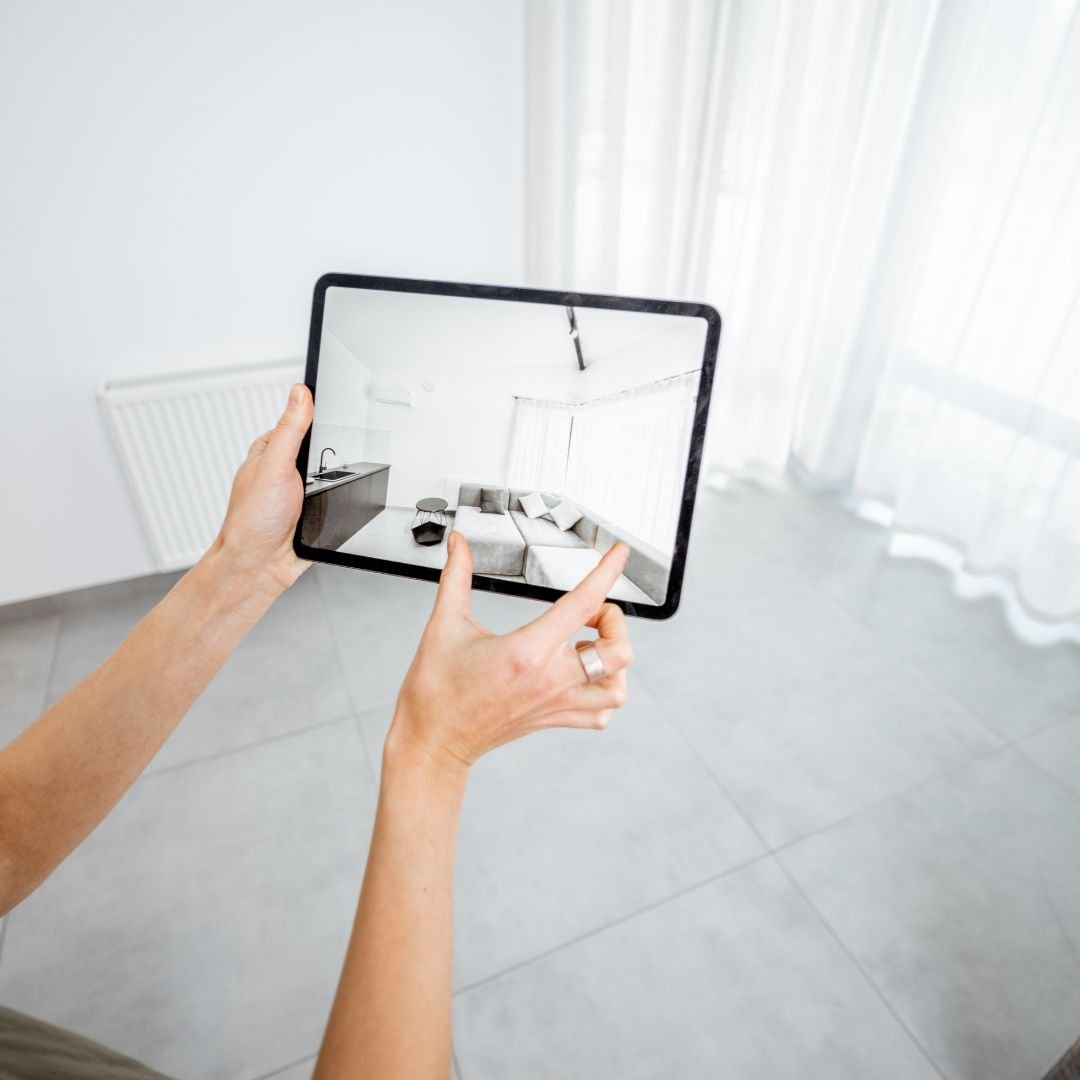Embracing the Future: How Interior Designers Can Go Paperless in Their Business
/In an age where technology continues to revolutionize the way we work, interior designers are finding innovative ways to streamline their processes and enhance efficiency. One such transformation involves going paperless, a shift that not only contributes to environmental sustainability but also brings numerous benefits to the workflow of an interior design business.
Here's a guide on how interior designers can make the transition to a paperless office:
1. Digital Design Software:
Invest in cutting-edge digital design software that allows you to create and modify designs seamlessly. Tools like AutoCAD, SketchUp, Bluebeam, and Adobe Creative Cloud provide a platform for creating detailed designs, eliminating the need for physical blueprints and sketches.
2. Project Management Apps:
Utilize project management applications to keep your tasks organized and accessible in real time. Apps like Trello, Asana, or Monday.com enable collaboration among team members, ensuring everyone is on the same page, irrespective of their physical location. Studio Designer is also a great option as it was made specifically for the interior design industry. The platform includes a project manager, time billing, a client portal, digital source items, integrated accounting, reports, StudioPay, and more!
3. Electronic Documentation:
Replace traditional paper documentation with electronic alternatives. Store contracts, invoices, and other essential documents in cloud-based services such as Google Drive or Dropbox. This not only reduces clutter but also facilitates easy retrieval and sharing of documents.
4. Digital Note-Taking:
Embrace digital note-taking applications like Evernote or Microsoft OneNote for jotting down ideas, inspirations, and meeting notes. These apps allow you to organize and search through your notes effortlessly. Others use Notability or Goodnotes on iPads with Apple Pencil.
5. E-Signatures:
Streamline the signing of contracts and agreements with e-signature platforms like DocuSign or Adobe Sign. This not only speeds up the approval process but also eliminates the need for physical paperwork.
6. Virtual Meetings and Presentations:
Reduce the need for printed presentation materials by conducting virtual meetings and presentations. Share design concepts and mood boards electronically, using platforms like Zoom, Microsoft Teams, or even social media.
7. Digital Catalogs and Samples:
Instead of maintaining physical material samples and catalogs, create a digital library. Use apps or software to organize and present material options to clients, allowing for a more interactive and dynamic presentation.
8. Expense Tracking Apps:
Monitor and manage expenses through digital platforms like Studio Designer, QuickBooks, or Expensify. These tools not only help in tracking financial transactions but also reduce the need for paper receipts and invoices.
9. Collaborative Design Platforms:
Explore collaborative design platforms that enable clients to provide feedback directly on the digital designs. This not only enhances communication but also reduces the need for printed revisions and design drafts.
10. Mobile Devices for On-Site Work:
Equip your team with tablets or smartphones for on-site work. This allows instant access to digital designs, notes, and other project-related information, minimizing the need for physical documentation.
By embracing a paperless approach, interior designers can not only enhance their environmental sustainability but also significantly improve their overall efficiency and client experience. The transition may take some adjustment, but the long-term benefits make it a worthwhile investment for the future of interior design businesses.
If you need help going paperless this year, let us know! We are happy to help!
xx, Danae

